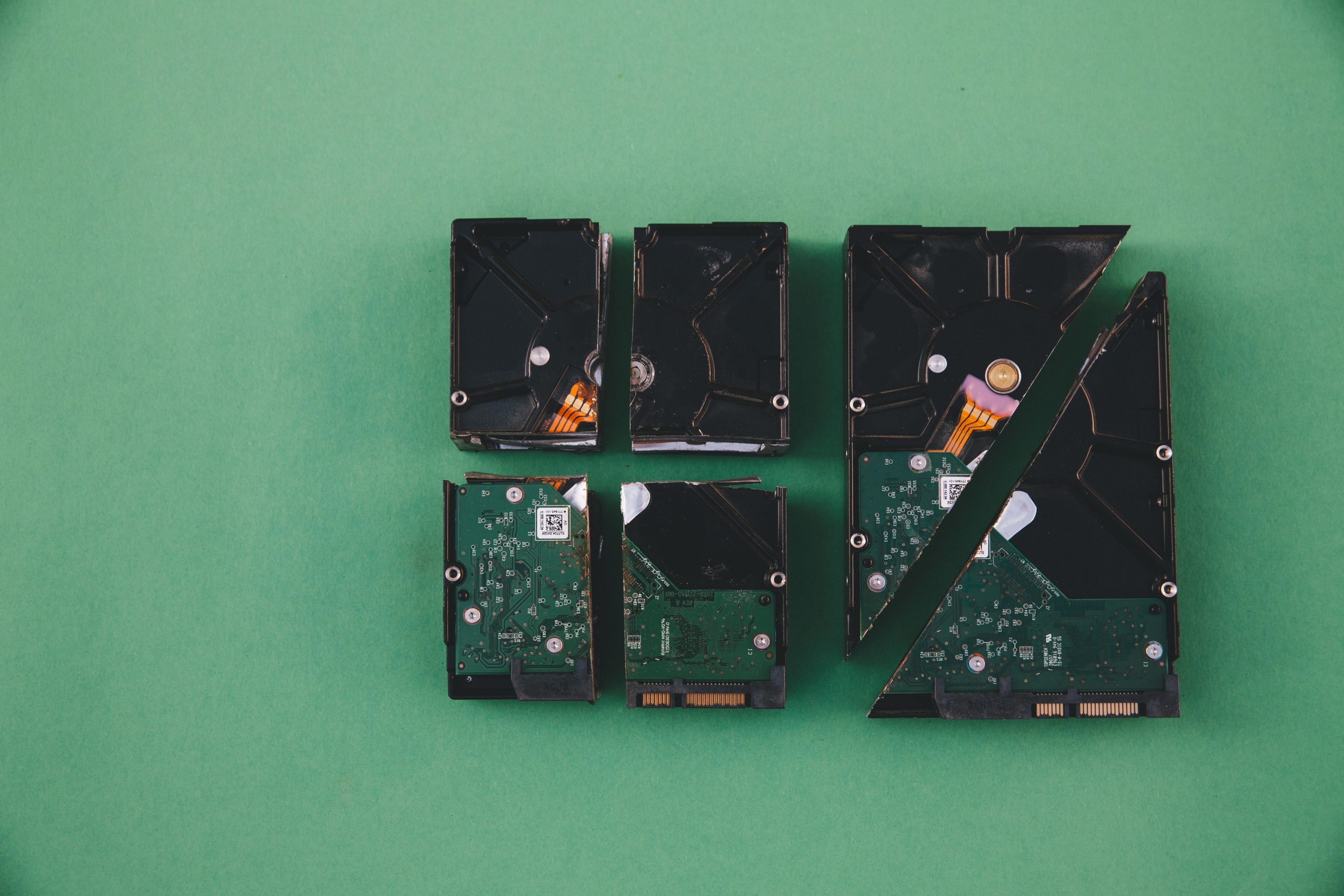Creating a bootable Windows environment on an external SSD for your Mac Mini
If you’re a Mac user looking to expand your system capabilities, especially for gaming purposes, you might be wondering whether it’s feasible to set up your external SSD as a bootable Windows drive. This approach can allow you to run Windows-based software and games, leveraging your existing hardware without the need for a dedicated Windows machine. Here’s what you need to know.
Understanding Bootable External SSDs on Mac
Modern Macs, including the M4 Mac Mini, support booting from external drives, but there are considerations to keep in mind. Setting up an external SSD as a bootable Windows drive involves creating a Windows installation that can run independently from your Mac’s internal storage.
Key Points:
– Compatibility: Macs use EFI firmware, and installing Windows externally requires that the drive be formatted correctly and that Windows installation media support EFI booting.
– Performance: External SSDs connected via USB 3.0/3.1 or Thunderbolt offer fast data transfer speeds, which are crucial for gaming and multimedia tasks.
– Operating System: You will need a valid Windows installation image (ISO) and appropriate drivers to ensure full hardware compatibility.
Steps to Create a Bootable Windows External Drive
- Prepare the External SSD: Format your 1TB SSD to GPT scheme with a Windows-supported filesystem.
- Create Bootable Windows Installer: Use tools like Microsoft’s Media Creation Tool to prepare a Windows installation USB.
- Install Windows onto the External SSD:
- Use Boot Camp Assistant (limited support for external drives) or third-party tools such as WinToUSB or Rufus (on Windows) to install Windows directly onto the external SSD.
- Alternatively, you can create a Windows installation media and perform a clean install on the external drive.
- Configure Boot Settings: Use macOS’s Startup Security Utility to enable booting from external media if necessary.
- Boot from External Drive: When powered on, hold the Option key to select your external SSD and boot into Windows.
Performance and Gaming Considerations
Running Windows from an external SSD can provide near-native speeds, especially if connected via Thunderbolt 3/4. This setup allows you to install and run resource-intensive applications like Baldur’s Gate 3, Diablo 4, and The Witcher 3.
However, some caveats:
– Graphics Performance: While external SSDs themselves do not influence graphics, the overall performance
Share this content:

